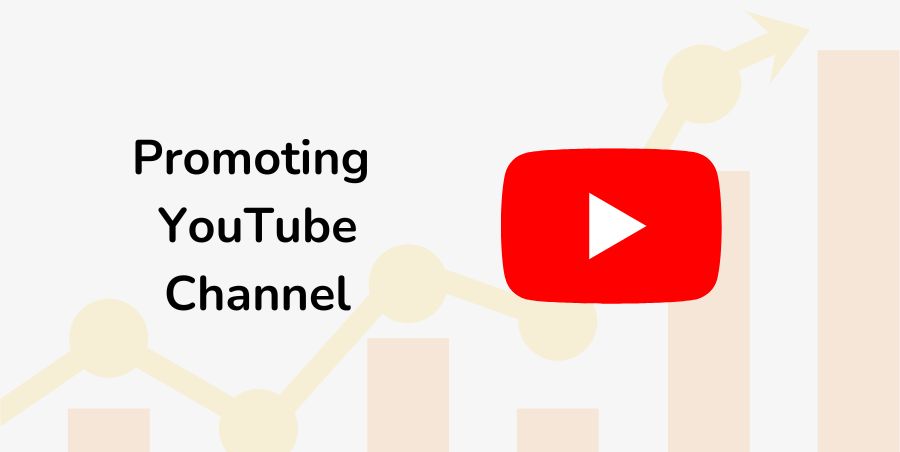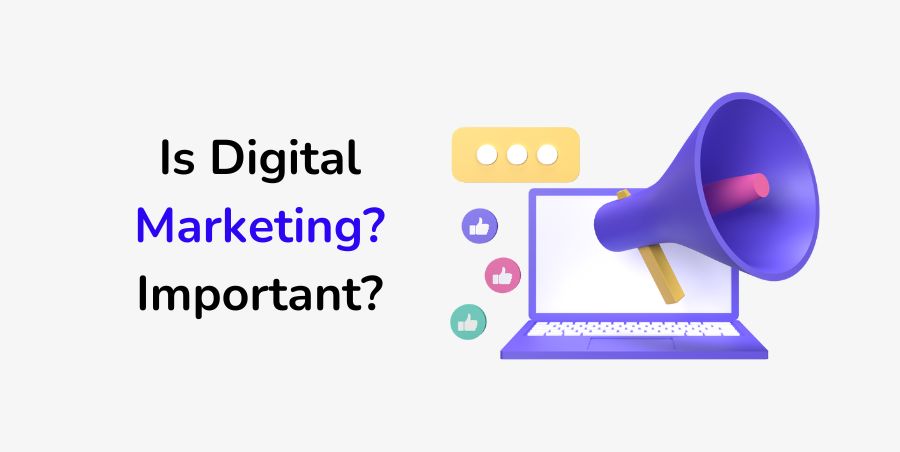Digital products are intangible items that are delivered and used in their digital format. Examples include e-books, online courses, digital arts, software, and music. And if you’re wondering what digital products to sell online, this article has everything you need to know.
There’re many reasons why you should consider creating and selling these kinds of products. For instance, they are easy to update and improve. More so, you can easily be distributed and have the potential to reach a global audience. But only if you promote them the right way.
Producing digital products is cheaper compared to physical products. And with the increasing global internet and online shopping usage, your products can reach a wider audience. They are a more significant source of passive income and can help scale your business.
Disclosure: This content is reader-supported, which means if you click on some of our links, we may earn a commission, but the price on your end remains the same.
How to Sell Digital Products Online
Now that you understand what digital products are, now is the best time to learn how to create, promote and earn from them. So, I want you to follow these 5 easy steps:
I. Find the Right Digital Product to Sell
Start by analyzing market demand for different digital products. Find out what gaps or opportunities exist in the market, and analyze your competitors’ strengths and weaknesses. Even better, think of a product that solves a specific problem you or your target audience face.
One mistake people make is creating products without establishing their market and pushing them to the wrong people. So, I want you to avoid this mistake by finding an audience first and creating great products that are best suited to their needs. Eventually, you’ll sell more online.
Therefore, the right products depend on your target audience, as well as your skills, and interests. For instance, if you’re an expert in a particular subject, you can create e-books or online courses. These products allow you to share your knowledge with others electronically.
However, if you have excellent photography or videography skills, or interests, you can create stock images and videos. And then sell them online to a wide range of customers. But if you’re on a tight budget, or have limited time, you can start with a low-budget product like an e-book.
II. Setting up an Online Store
You already know your target market and what products to sell. Next, select a platform for your store, and decide whether to hire an expert or customize it yourself. Among the 11 best eCommerce platforms globally include WooCommerce, Squarespace, and Shopify. Just pick one that is best suited for your needs, and budget, and plan to start your online business.
Create an awesome website, use the right themes, add your products, set up the payment and shipping options, and customize your store’s design. Don’t forget to write perfect product descriptions and titles, and include the most searched phrases about your products.
While creating your store, get some insights from your competitors. Especially regarding pricing, and store features, and make your website mobile and user-friendly. However, be as unique as possible, and consider hiring an expert if you don’t have technical expertise.
III. Promote your Digital Products
One of the main reasons why small e-commerce startups fail within the first 120 days is ineffective marketing strategies and not understanding their audience. So, I want you to adopt different digital marketing strategies to avoid making the same mistakes while getting started.
Create social media accounts like Twitter, and Facebook pages, and create quality content to build and grow your social presence. Or even use paid ads, retarget marketing, and social media influencers to increase followers and drive more buyers to your online store.
More so, use email marketing tools like Sender to build an email list, and automate your email campaigns. Or leverage affiliate marketing by allowing creators to promote your products in exchange for a commission. Sign up in affiliate networks like ShareaSale for free.
Still, do not forget the importance of SEO and content marketing. Here’s a 35-item SEO checklist that has on-page, off-page, and technical SEO best practices to consider. These practices help you identify areas that need improvement and increase organic traffic from search. As for content marketing, create blogs or videos to promote your products.
IV. Customer Service & Orders Fulfilment
A recent case study shows that live chat increases revenue per chat hour by 43%, and conversion rate by 40%. So, after using different marketing strategies to drive leads to your sales team, offer quality and timely customer support, and convert store visitors to buyers.
Your customer support should focus on explaining to the customers why your products are best suited for their needs, rather than focusing on how quality they are. And be sure to set up a system for delivering your digital products to customers, considering payment options.
More so, always handle customer inquiries and complaints conveniently. And provide ongoing support and updates for your products. Giving incentives, like discounts, free gifts, and referral programs, can also increase customer satisfaction and engagement, and increase sales.
V. Monitor and Improve your Sales
You’ll learn that to sell more digital products online, you’ll have to actively update your online shop and keep marketing it to increase organic and paid traffic. And you to use different analytics tools, like Google Analytics or Mixpanel to scrutinize and improve your sales.
Be sure to be updated on the trends and patterns in your niche. And use data, like impressions, search traffic, and conversion rate to make informed decisions about your business. Also, use content marketing to establish your brand as a leader in the market to build authority.
You can conduct a comprehensive audit of your competitor’s website. Analyze their marketing strategies, store layout, and how they create a competitive advantage and increase sales. Then learn from their practices, and improve your store to remain competitive in the industry.
Conclusion: What to Do
Now, you have everything you need to know to create and sell your digital products. So, go ahead and do extensive market research on different products, and based on your interests, pick at least one to start with. And specify the demographics and needs of your target audience.
Then after creating your products, choose an eCommerce platform like Shopify or Woocommerce, or hire a web designer to customize an online store for your business. Add the products to your store, payment and delivery options, and include product descriptions.
The next stage involved promoting your business online using different approaches like email marketing, SEO and content marketing, PPC marketing, and influencer marketing.
And offer excellent customer service to convert leads to sales. Then keep monitoring and improving your online store, and adding new products or services, as needs arise. Remember, building a sustainable online business can take time, so work hard and be patient with yourself.
If you find the information resourceful, you can subscribe to our YouTube Channel and follow us on Facebook and Twitter for more updates and amazing content.

